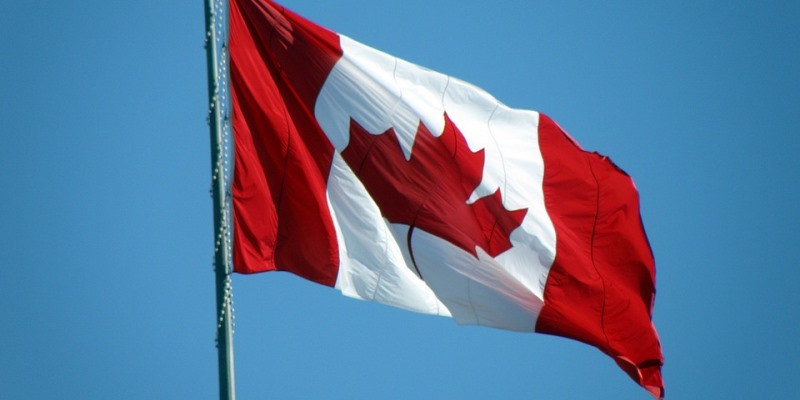Ottawa’s ‘Emergency Response Benefit’ leaves many unanswered questions

This week, Parliament passed legislation giving sweeping powers to Finance Minister Bill Morneau, including the power to unilaterally spend and borrow without parliamentary approval until September 2020. While the Liberals agreed to accountability measures including a biweekly report to the Commons Standing Committee on Finance, removing Parliament’s role in overseeing spending and borrowing will have consequences for Canadian taxpayers.
And it didn’t take long for these consequences to become apparent.
Indeed, a closer look at the government’s new plan reveals key deficiencies and areas of striking ambiguity. Further, the plan seems to imply that the government expects that roughly 30 per cent of all private-sector workers will be affected and eligible for benefits.
Just last week, the government announced a $27 billion aid package, which included economic measures aimed at stabilizing incomes during this uncertain period. The largest components of the income-stabilizing measures were the Emergency Care Benefit (ECB) and the Emergency Support Benefit (ESB).
For temporary support, the ECB would provide up to $900 biweekly, for up to 15 weeks. The government, however, also called this a “flat-payment benefit,” contradicting other language stating it would pay “up to” $900 biweekly. The program targeted workers (including the self-employed) that would not qualify for employment insurance (EI) sickness benefits. It also covered parents unable to earn income due to child-care responsibilities, irrespective of whether they qualify for EI. At $900 every two weeks, the $10 billion price tag assumed that around 1.5 million Canadians would take advantage of the benefit.
For longer-term support, the government introduced the ESB costing up to $5 billion, for workers not eligible for EI and who are facing unemployment. Unfortunately, further details were not provided.
The government abruptly changed course, however, announcing the new Canada Emergency Response Benefit (CERB), stating it was combining the previous ECB and ESB benefits. The CERB provides eligible Canadians with $2,000 a month for up to four months.
It appears as though the CERB will provide $2,000 and not “up to” $2,000, begging the question, will CERB benefits not be adjusted based on income? This implies that the same payment will be paid to all applicants irrespective of their employment income, which means some workers could actually see their incomes increase as a result of the payment.
In contrast, the existing EI system allows workers to receive 55 per cent of their previous income, up to a maximum of $573 per week (approximately $2,292 a month). For perspective, this maximum amount applies to workers earning an income of $54,200. In this way, EI works to partially replace actual lost income.
According to the federal Department of Finance, the CERB will be for workers who “lose their income as a result of the COVID-19 pandemic.” It applies to wage earners, contract workers, self-employed individuals who are not eligible for EI and workers who are still employed but not receiving income due to disruptions in their “work situation.”
It sounds as though the CERB replaces the EI system with a broader less-targeted instrument. Indeed the Department of Finance noted “all Canadians who have ceased working due to COVID-19, whether they are EI-eligible or not, would be able to receive the CERB to ensure they have timely access to the income-support they need.”
However, it also notes that “Canadians who are already receiving EI regular and sickness benefits as of today would continue to receive their benefits and should not apply to the CERB.” Does that mean their benefits will increase to $2,000 if current EI payments are under that amount?
Also concerning is the rapid escalation in program costs. Minister Morneau said Wednesday that his government was increasing the budget by $25 billion. Effectively, the CERB will now cost $40 billion, up from $15 billion. Assuming that everyone that applies gets $2,000 a month for four months, the government expects roughly five million people to receive the new benefit, up from 1.5 million just days ago.
If this is true, then the government is expecting 25 per cent of all workers to lose their jobs or be eligible for benefits. Given the probability that most of these effects will be experienced in the private sector—as opposed to those employed by government—it means the implied unemployment rate in the private sector could skyrocket to over 30 per cent. Does the government truly expect nearly one-in-three private-sector workers to be unemployed or otherwise eligible for CERB benefits?
If all this sounds poorly thought out to you, you’re probably right.
The CERB initiative has the right intentions, however, the design and implementation of the plan is ambiguous, inefficient and could cost taxpayers many billions more than actually needed to stabilize incomes. Instead of implementing a new program, we should use existing mechanisms, specifically EI, to stabilize the income of workers.
Authors:
Subscribe to the Fraser Institute
Get the latest news from the Fraser Institute on the latest research studies, news and events.

